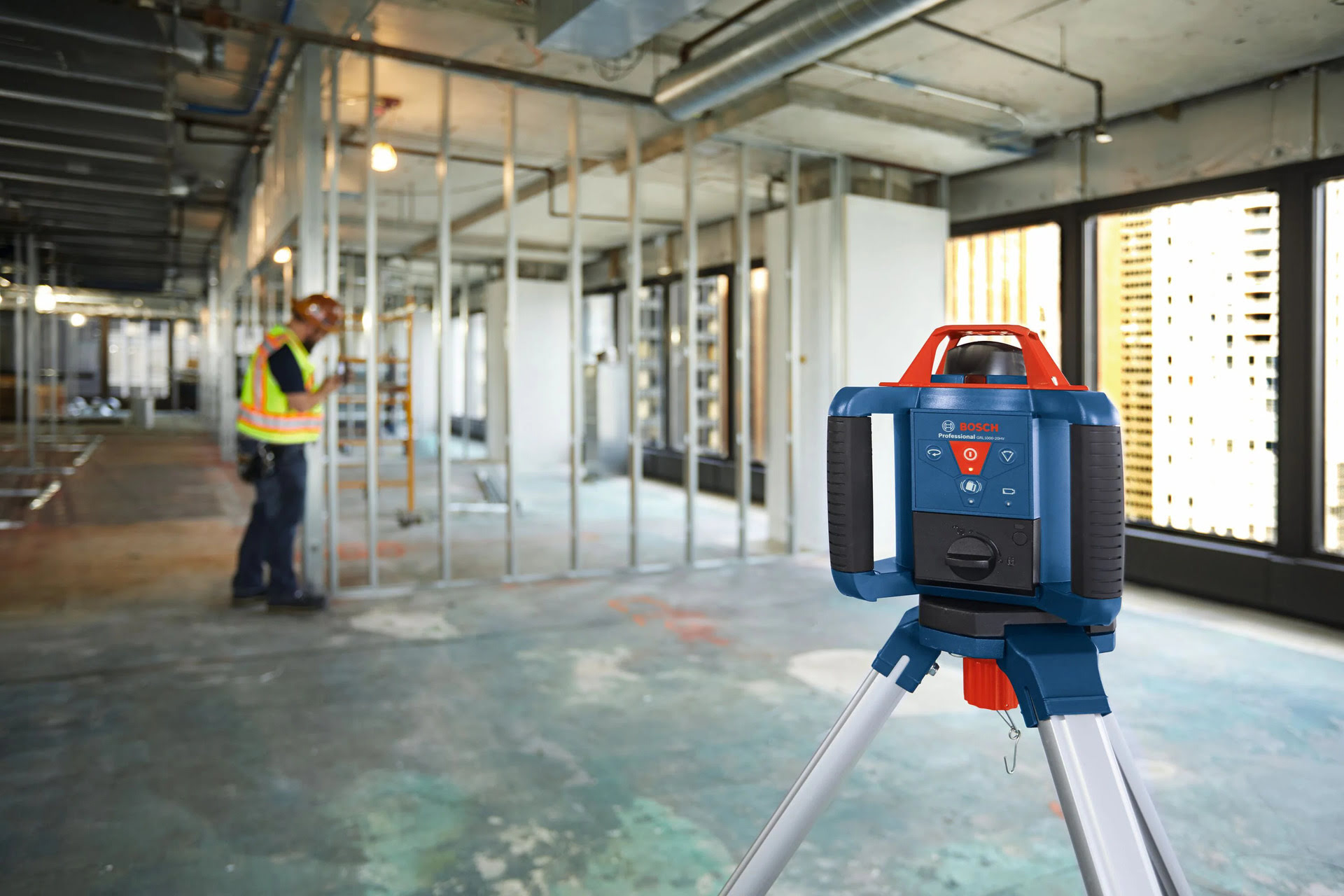

Articles
How To Use A Rotary Laser Level
Modified: February 22, 2024
Discover helpful articles on how to effectively use a rotary laser level for accurate leveling and alignment tasks. Learn tips and techniques to achieve precise results.
(Many of the links in this article redirect to a specific reviewed product. Your purchase of these products through affiliate links helps to generate commission for Storables.com, at no extra cost. Learn more)
Introduction
When it comes to precision and accuracy in the construction industry, one tool that stands out is the rotary laser level. Whether you’re a professional contractor or a DIY enthusiast, a rotary laser level is a valuable asset that can greatly simplify your leveling and alignment tasks.
In this article, we will explore what exactly a rotary laser level is, its components, how to set it up, and provide step-by-step instructions on how to calibrate and use it for both horizontal and vertical alignment. We will also share some additional tips and tricks to help you make the most of your rotary laser level.
So, if you’re ready to take your leveling game to the next level, let’s dive into the world of rotary laser levels and discover how they can revolutionize your construction projects!
Key Takeaways:
- A rotary laser level simplifies construction leveling with its 360-degree laser beam, self-leveling capabilities, and versatile components, saving time and ensuring precise horizontal and vertical alignments for professionals and DIY enthusiasts.
- To maximize efficiency, protect the laser level, utilize self-leveling and slope adjustment features, check battery life, collaborate with a partner, and double-check measurements. Always prioritize safety and refer to the user manual for specific instructions.
Read more: Who Uses Rotary Laser Level
What is a Rotary Laser Level?
A rotary laser level is a sophisticated leveling tool used in the construction industry to achieve accurate and precise horizontal and vertical alignments. Unlike traditional spirit levels that require manual adjustments, a rotary laser level emits a laser beam that rotates 360 degrees, creating a level reference line around a room or a project site.
The laser beam emitted by a rotary laser level is usually red or green, and it can be projected over long distances, allowing for easy alignment across vast areas. This is particularly useful when working on larger construction projects such as building foundations, installing drop ceilings, or aligning fences and retaining walls.
Rotary laser levels are versatile tools that can be used both indoors and outdoors, depending on the model and its features. They come in various sizes and power options, ensuring there’s a suitable model for every job.
One of the key advantages of using a rotary laser level is its speed and efficiency. With a single button press, the laser level creates a perfectly level reference line that can be easily followed, eliminating the need for cumbersome manual measurements and adjustments. This not only saves time but also ensures greater accuracy and consistency in your work.
Additionally, rotary laser levels come equipped with a variety of features such as slope adjustment, self-leveling capabilities, and remote control functionality, further enhancing their usability and versatility on the job site.
In summary, a rotary laser level is a powerful tool that simplifies the leveling process in construction projects. Its ability to generate a 360-degree laser beam for accurate horizontal and vertical alignment makes it an indispensable tool for professionals and DIY enthusiasts alike.
Components of a Rotary Laser Level
A rotary laser level is composed of several key components that work together to ensure accurate leveling and alignment. Understanding these components will help you operate the tool effectively and get the most out of its capabilities. Let’s take a closer look:
- Laser Generator: The laser generator is the heart of the rotary laser level, responsible for emitting the laser beam. It consists of a diode or a laser module that produces the concentrated light required for leveling and alignment.
- Rotating Head: The rotating head is the part of the laser level that contains the laser generator and spins it rapidly to create the 360-degree laser beam. It is typically mounted on a motorized base, allowing for precise rotation at different speeds and angles.
- Receiver: Some rotary laser levels come with a receiver, also known as a detector. The receiver is a separate device that detects the laser beam when working outdoors or in bright lighting conditions. It offers a visual or audible indication, helping you locate the laser beam even in challenging environments.
- Mounting System: To ensure stability and proper positioning, rotary laser levels feature a mounting system. This can include a tripod, a wall mount, or a magnetic bracket, depending on the model. The mounting system allows you to secure the laser level at a specific height and angle to achieve the desired alignment.
- Control Panel: The control panel is the interface of the rotary laser level, providing various buttons and settings to operate the tool. It allows you to control the rotation speed, switch between modes (such as horizontal or vertical), adjust brightness, and activate additional features like slope adjustment.
In addition to these main components, many rotary laser levels also come with accessories such as a remote control for easy operation from a distance, a carrying case for safe transportation, and laser glasses for better visibility of the laser beam.
Understanding the components of a rotary laser level is crucial for proper operation and maintenance. By familiarizing yourself with these components, you’ll be able to make the most of your rotary laser level and achieve accurate leveling and alignment results in your construction projects.
Setting Up the Rotary Laser Level
Proper setup of a rotary laser level is essential to ensure accurate measurements and reliable performance. Follow these steps to set up your rotary laser level effectively:
- Select a Stable Surface: Choose a stable and level surface to set up your rotary laser level. This can be a tripod, a wall mount, or any other mounting system suitable for your specific model. Make sure the surface is secure and can support the weight of the laser level.
- Attach the Laser Level: Attach the rotary laser level to the chosen mounting system according to the manufacturer’s instructions. Ensure that the laser level is securely fastened and stable.
- Position the Laser Level: Position the laser level at the desired height and angle for your leveling or alignment task. Adjust the tripod legs or the mounting system as necessary to achieve the desired position.
- Ensure Level Stability: Use a built-in bubble level or a separate spirit level to ensure that the laser level is perfectly level. Adjust the tripod legs or the mounting system as needed until the laser level is leveled horizontally.
- Power On the Laser Level: Power on the rotary laser level using the designated button or switch. Some laser levels may require batteries, while others can be connected to a power source.
- Activate Self-Leveling: If your rotary laser level has self-leveling capabilities, activate this feature. The level will then automatically level itself using internal sensors. Wait for the self-leveling process to complete before proceeding.
- Verify Laser Beam Visibility: Ensure that the laser beam is visible and clear. Adjust the brightness settings or use laser glasses if needed. To enhance visibility in bright outdoor conditions, consider using a receiver (detector) compatible with your laser level.
- Secure the Laser Level: Once the laser level is set up and verified, securely tighten all bolts and screws to keep the laser level in place during operation.
By following these steps, you can set up your rotary laser level with precision and confidence. Remember to always refer to the user manual provided by the manufacturer for specific setup instructions tailored to your model.
Calibrating the Rotary Laser Level
Calibrating your rotary laser level is crucial to ensure accurate measurements and reliable performance. By following these steps, you can calibrate your rotary laser level effectively:
- Find a Level Surface: Locate a flat and level surface where you can place your rotary laser level. It is important to choose a surface that is already known to be level.
- Place the Laser Level: Position the rotary laser level on the level surface and ensure that it is stable and securely mounted.
- Power On the Laser Level: Turn on the laser level according to the manufacturer’s instructions. Make sure the laser beam is activated and visible.
- Adjust the Laser Beam: Using the control panel or adjustment knobs on the laser level, fine-tune the position of the laser beam so that it aligns perfectly with a predetermined reference point. This can be a marking on a wall or a target placed at a specific distance.
- Measure Multiple Points: Once the initial alignment is achieved, measure the laser beam at multiple points along its rotation. Use a tape measure or a ruler to record the distance between the laser beam and the reference point at each measurement point.
- Check Consistency: Compare the measurements taken at different points to ensure consistency. The distances should be consistent or vary within a small margin of error.
- Make Adjustments: If there are significant discrepancies in the measurements, you may need to make adjustments to the laser level. Consult the user manual for specific instructions on how to make adjustments for your particular model.
- Repeat Calibration: It is recommended to recalibrate your rotary laser level periodically, especially if it has been subjected to any rough handling or storage. Regular calibration ensures the accuracy and reliability of your measurements.
By following these calibration steps, you can ensure that your rotary laser level is properly aligned and calibrated for accurate leveling and alignment tasks. Remember to consult the user manual provided by the manufacturer for specific calibration instructions tailored to your model.
When using a rotary laser level, always ensure that the device is placed on a stable surface and that the laser is properly calibrated to ensure accurate and precise measurements.
Using the Rotary Laser Level for Horizontal Alignment
A rotary laser level is an invaluable tool for achieving precise horizontal alignment in construction projects. Here are the steps to effectively use a rotary laser level for horizontal alignment:
- Set up the Laser Level: Follow the previously mentioned steps to set up and calibrate your rotary laser level. Ensure that it is securely mounted and accurately leveled.
- Determine the Level Line: Decide where you want to establish a level line in your project area. This could be for installing flooring, suspended ceilings, or aligning walls, among other applications.
- Position the Laser Level: Place the rotary laser level at a convenient starting point along the desired level line. Make sure the laser beam is projected onto the surface without any obstructions.
- Mark the Reference Points: Use a pencil or marker to mark the position of the laser beam on the surface at the starting point and at several other points along the desired level line.
- Rotate the Laser Level: Slowly rotate the laser level around its base, allowing the laser beam to sweep across the reference points. As you rotate the laser level, continue marking the position of the laser beam at each point.
- Adjust as Needed: If any marked points deviate significantly from the level line, make adjustments to the project area accordingly. This may involve making slight elevation changes or realigning surfaces until the laser beam aligns with the marked points consistently.
- Verify Levelness: Double-check the levelness of the surfaces by comparing them to the marked points along the level line. This will help you ensure that the entire project area is accurately aligned horizontally.
- Proceed with Construction: With the horizontal alignment established, you can now confidently proceed with your construction tasks, whether it’s installing flooring, framing walls, or any other project that requires a level surface.
By following these steps, you can easily use a rotary laser level to achieve precise horizontal alignment in your construction projects. Remember to always prioritize safety and consult the user manual for specific instructions tailored to your rotary laser level model.
Using the Rotary Laser Level for Vertical Alignment
In addition to horizontal alignment, a rotary laser level can also be utilized for vertical alignment, making it a versatile tool for a wide range of construction tasks. Here are the steps to effectively use a rotary laser level for vertical alignment:
- Set up the Laser Level: Follow the earlier mentioned steps to properly set up and calibrate your rotary laser level. Ensure that it is securely mounted and accurately leveled.
- Determine the Vertical Line: Decide where you want to establish a vertical line in your project area. This could be for installing cabinets, shelving units, or aligning windows and doors, among other applications.
- Position the Laser Level: Place the rotary laser level at a starting point alongside the desired vertical line. Adjust the position of the laser level so that the laser beam is projected vertically on the surface without any obstructions.
- Mark the Reference Points: Use a pencil or marker to mark the position of the laser beam on the surface at the starting point and at several other points along the desired vertical line.
- Rotate the Laser Level: While keeping the laser level stationary, rotate it around its base, allowing the laser beam to sweep across the reference points. Mark the position of the laser beam at each point as you rotate the laser level.
- Adjust as Needed: If any marked points deviate significantly from the vertical line, make adjustments to the surfaces or structures accordingly. This may involve leveling or aligning components until the laser beam aligns with the marked points consistently.
- Verify Vertical Alignment: Double-check the vertical alignment of the surfaces or structures by comparing them to the marked points along the vertical line. This will help ensure that the entire project area is accurately aligned vertically.
- Proceed with Construction: With the vertical alignment established, you can confidently proceed with your construction tasks, such as installing cabinets, hanging doors, or any other project that requires precise vertical alignment.
By following these steps, you can effectively utilize a rotary laser level to achieve accurate vertical alignment in your construction projects. Always prioritize safety and refer to the user manual for specific instructions tailored to your rotary laser level model.
Additional Tips for Using a Rotary Laser Level
While using a rotary laser level, there are some additional tips and tricks that can help you maximize its efficiency and accuracy. Consider the following tips:
- Use a Laser Detector: In bright outdoor environments or when working at long distances, it’s advisable to use a compatible laser detector. This device will help you easily locate and follow the laser beam even in challenging lighting conditions.
- Protect the Laser Level: Always handle your rotary laser level with care and store it in a protective case when not in use. This will help prevent any damage or misalignment of the internal components, ensuring its longevity and accuracy.
- Take Advantage of Self-Leveling: If your rotary laser level has self-leveling capabilities, be sure to activate this feature. It will save you time and effort by automatically adjusting the laser level to achieve a level reference line.
- Consider Slope Adjustment: Some rotary laser levels have a feature that allows you to set a specific slope or incline. This is particularly useful for tasks such as grading, drainage, or laying pipes. Familiarize yourself with this feature and utilize it when needed.
- Check Battery Life: If your rotary laser level is battery-powered, regularly check the battery life to ensure uninterrupted operation. It’s a good practice to have spare batteries on hand to avoid any delays in your work.
- Collaborate with a Partner: Having a partner to assist you during the setup and alignment process can be beneficial. They can help you position and mark the laser beam, especially when working on larger projects or in challenging conditions.
- Double-Check Measurements: While a rotary laser level provides high accuracy, always verify the measurements using traditional measuring tools like a tape measure or a level. This will help you cross-validate the results and ensure precision.
- Maintain a Clean Laser Lens: Regularly clean the laser lens to ensure optimal beam visibility. Dust, dirt, or debris on the lens can affect the clarity and accuracy of the laser beam.
By following these additional tips, you can enhance your experience and results when using a rotary laser level. Remember to always refer to the user manual for specific instructions and recommendations provided by the manufacturer.
Conclusion
A rotary laser level is a powerful tool that brings accuracy and efficiency to leveling and alignment tasks in the construction industry. With its ability to emit a 360-degree laser beam, it simplifies the process of achieving precise horizontal and vertical alignments, saving time, and ensuring consistent results.
In this article, we explored the various components of a rotary laser level and learned how to set it up and calibrate it for optimal performance. We also discussed the step-by-step process of using a rotary laser level for horizontal and vertical alignment, providing you with the knowledge to tackle a wide range of construction projects.
Additionally, we shared some valuable tips, such as using a laser detector, protecting the laser level, taking advantage of self-leveling and slope adjustment features, and double-checking measurements. These tips will help you maximize the efficiency and accuracy of your rotary laser level.
Remember, safety should always be a priority when using a rotary laser level. Follow the manufacturer’s instructions, wear appropriate personal protective equipment, and exercise caution when working with the laser beam.
By incorporating a rotary laser level into your construction projects, you can achieve precise and accurate results, improving the overall quality of your work. So, whether you’re a professional contractor or a passionate DIY enthusiast, embrace the power of a rotary laser level and take your leveling game to new heights.
Frequently Asked Questions about How To Use A Rotary Laser Level
Was this page helpful?
At Storables.com, we guarantee accurate and reliable information. Our content, validated by Expert Board Contributors, is crafted following stringent Editorial Policies. We're committed to providing you with well-researched, expert-backed insights for all your informational needs.
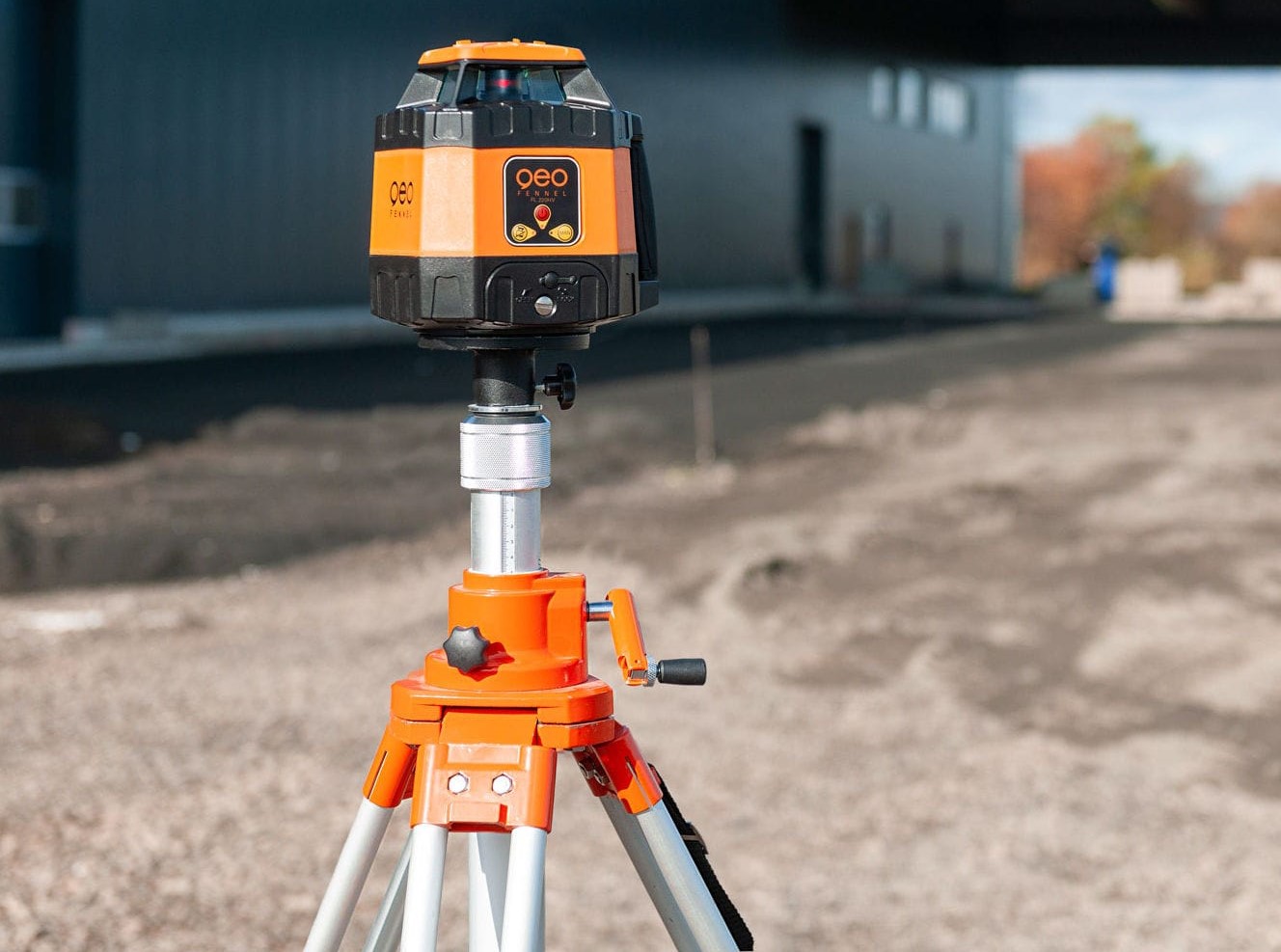
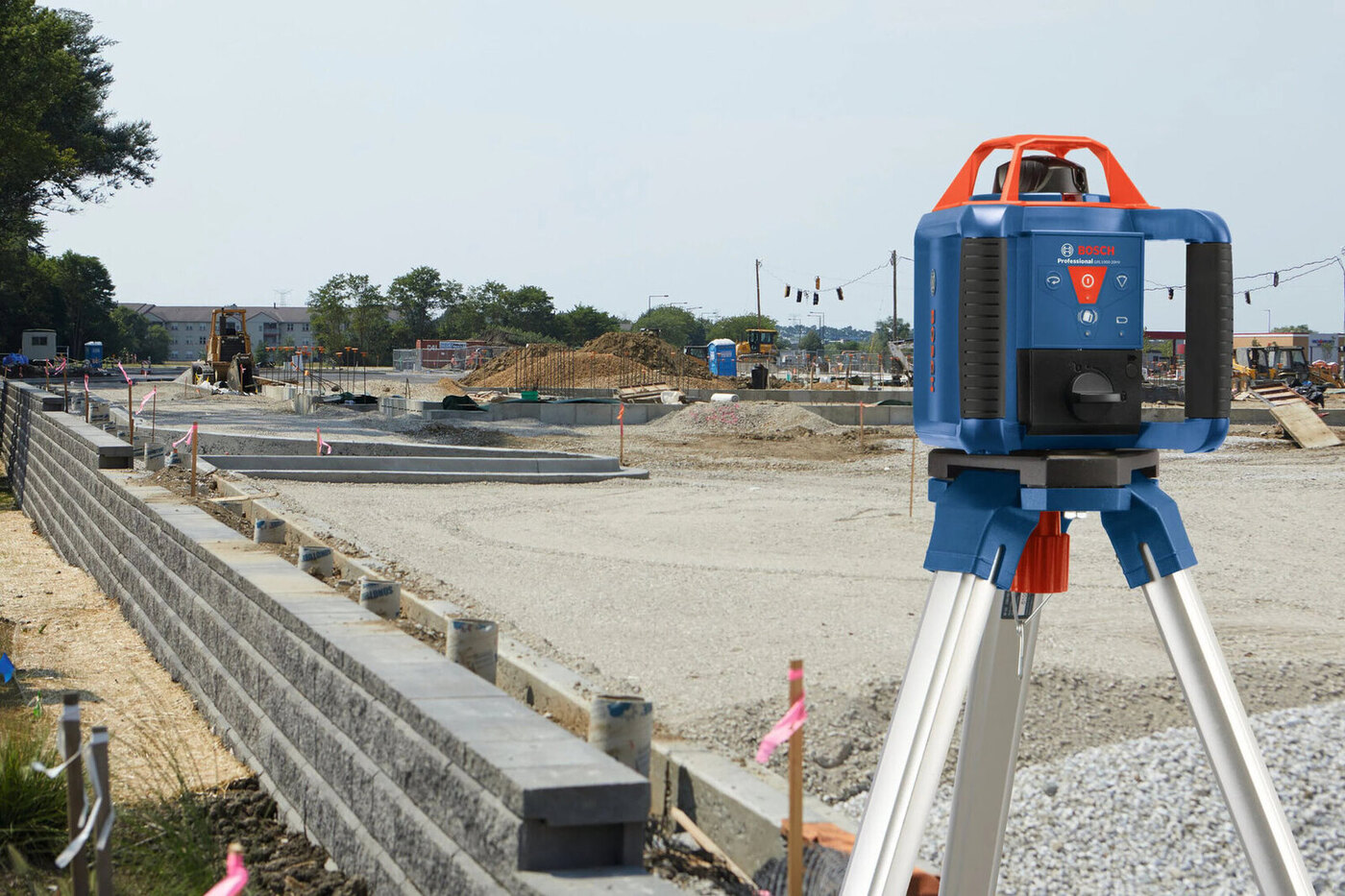
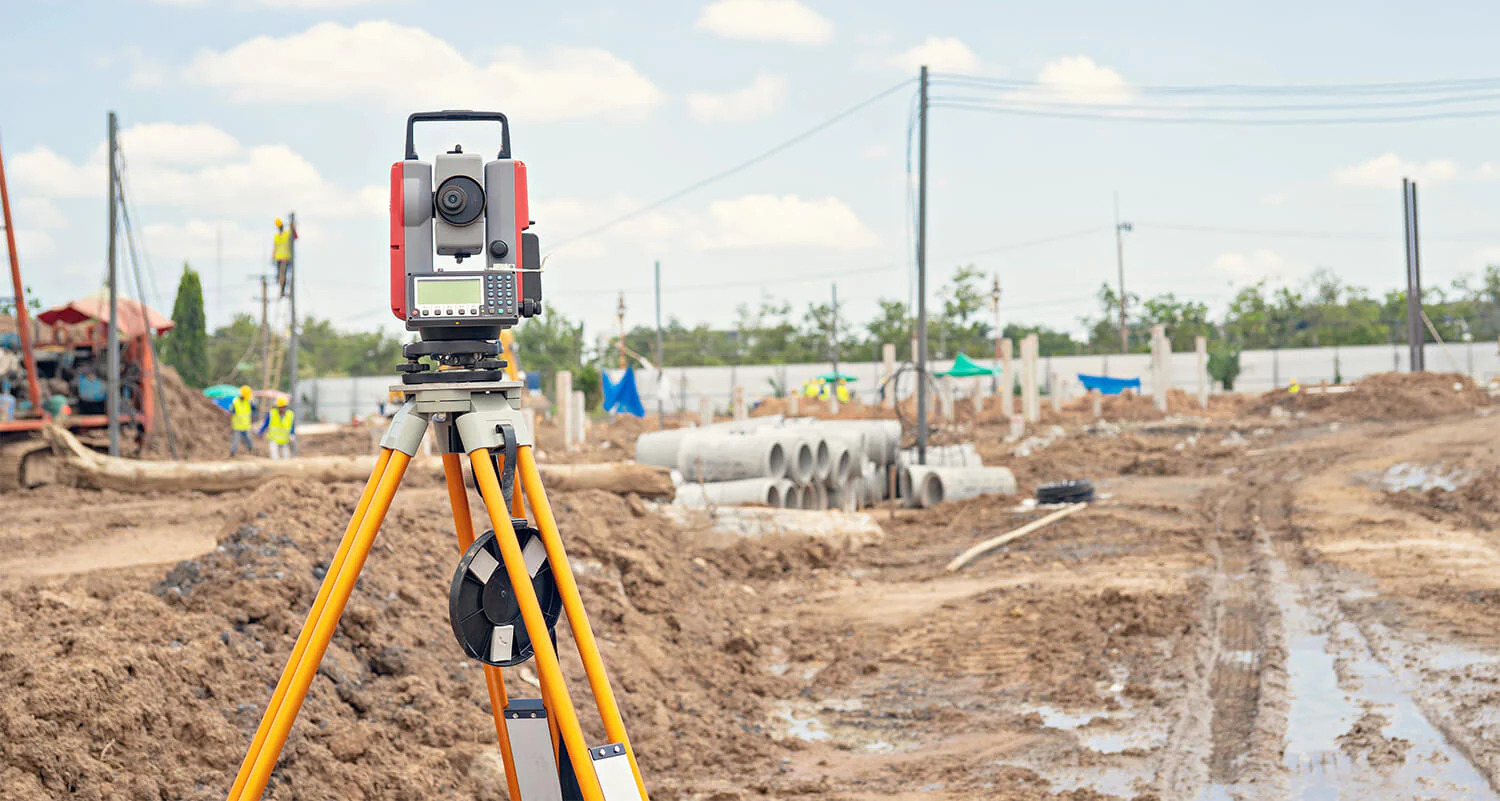
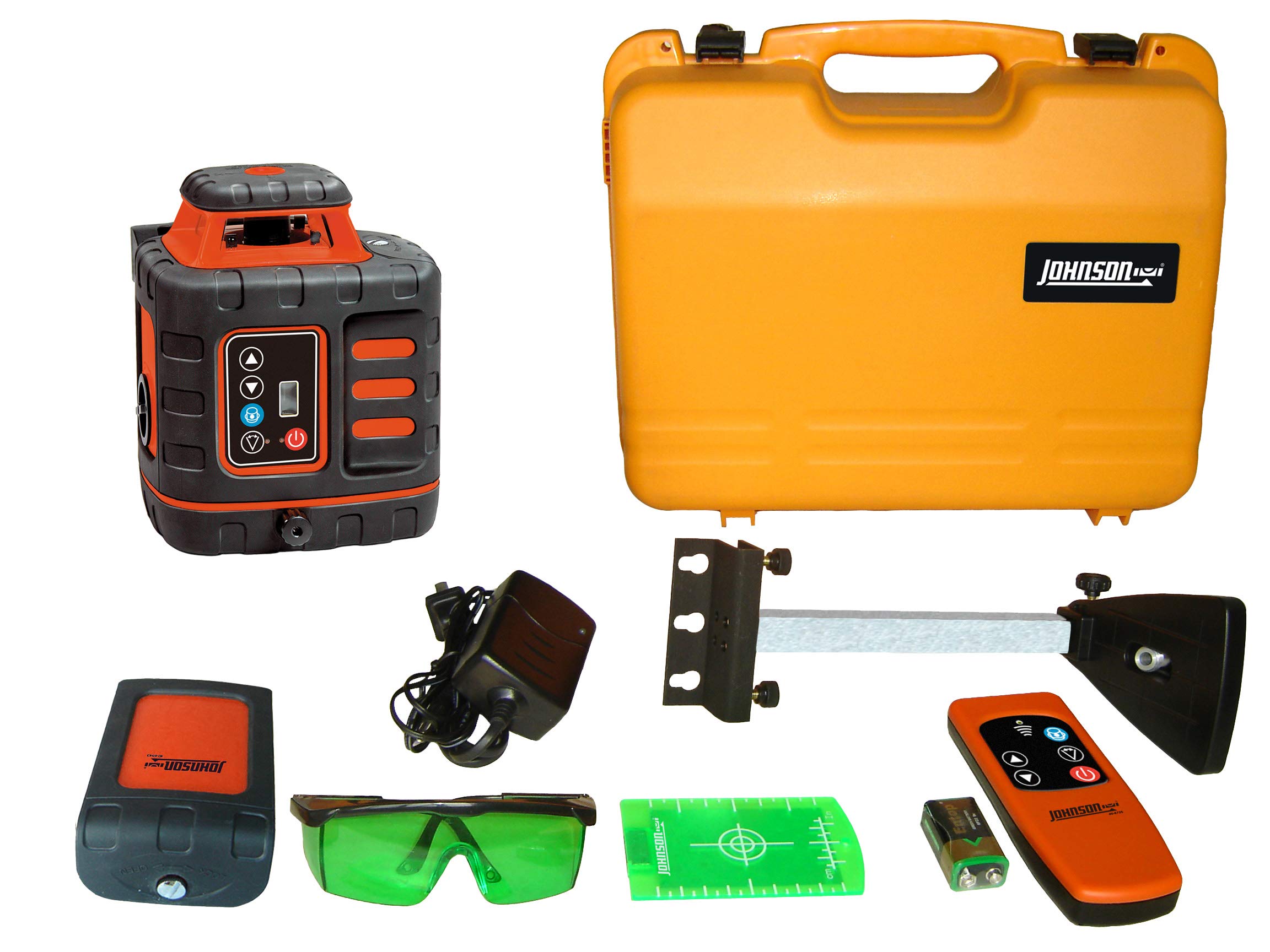
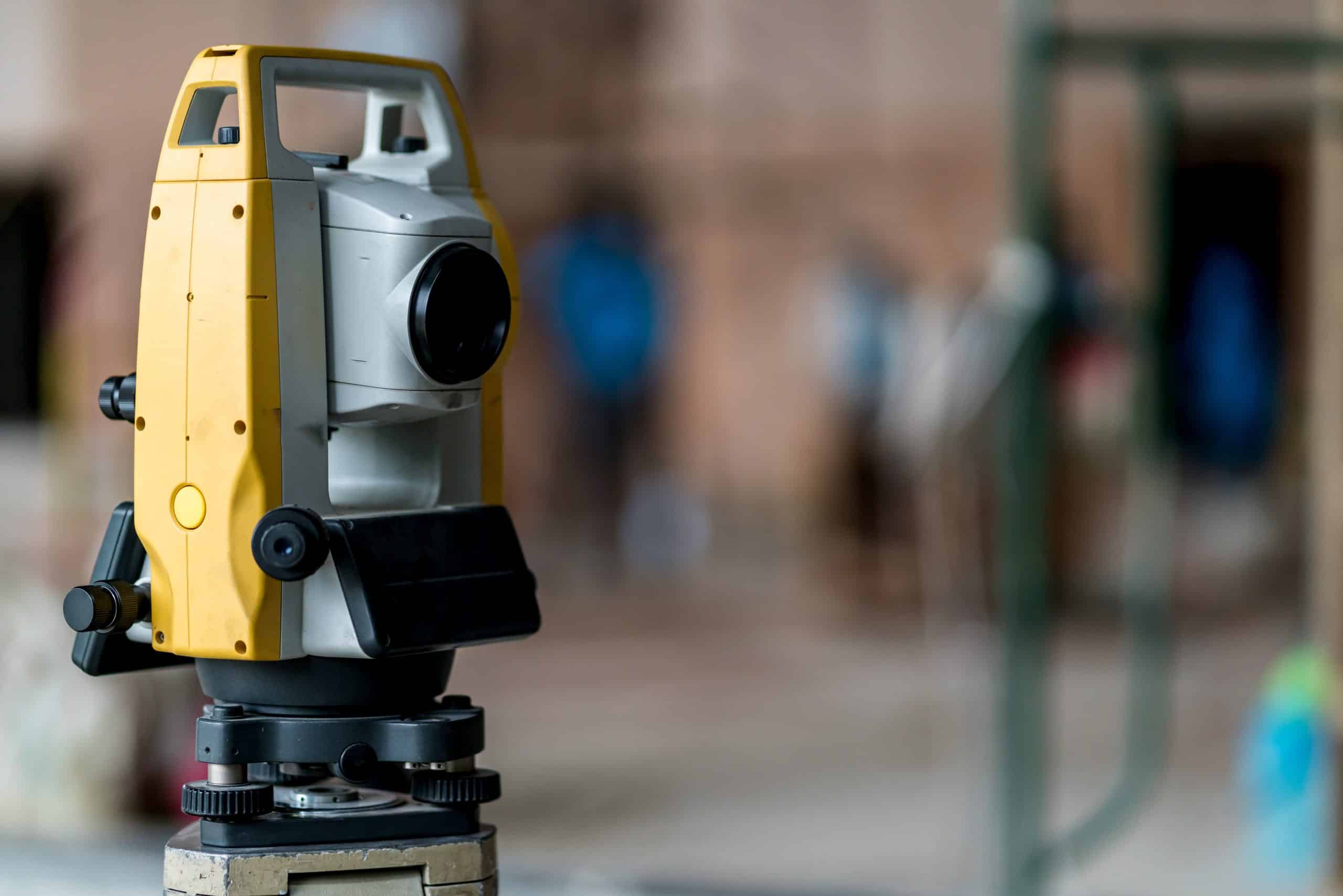
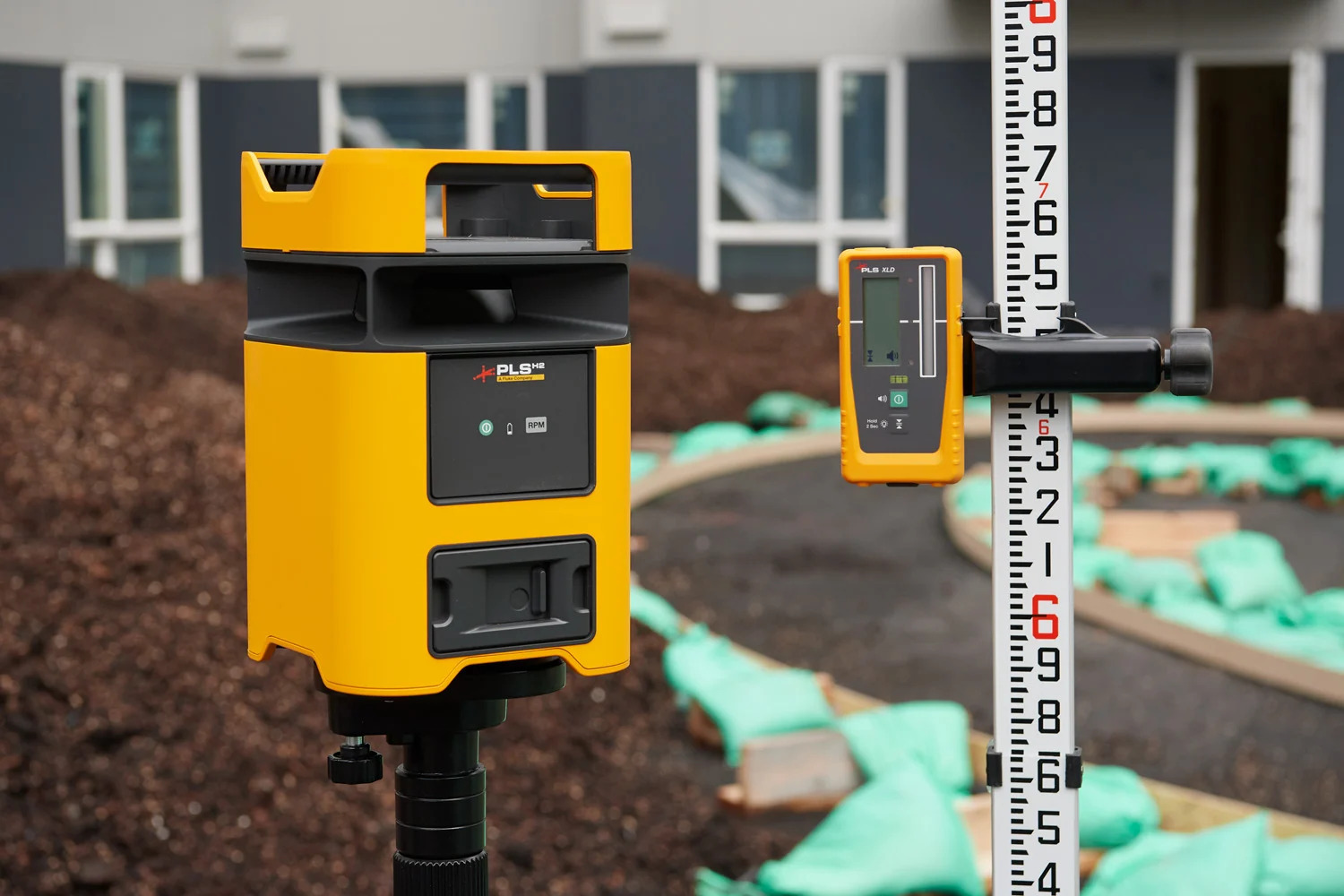
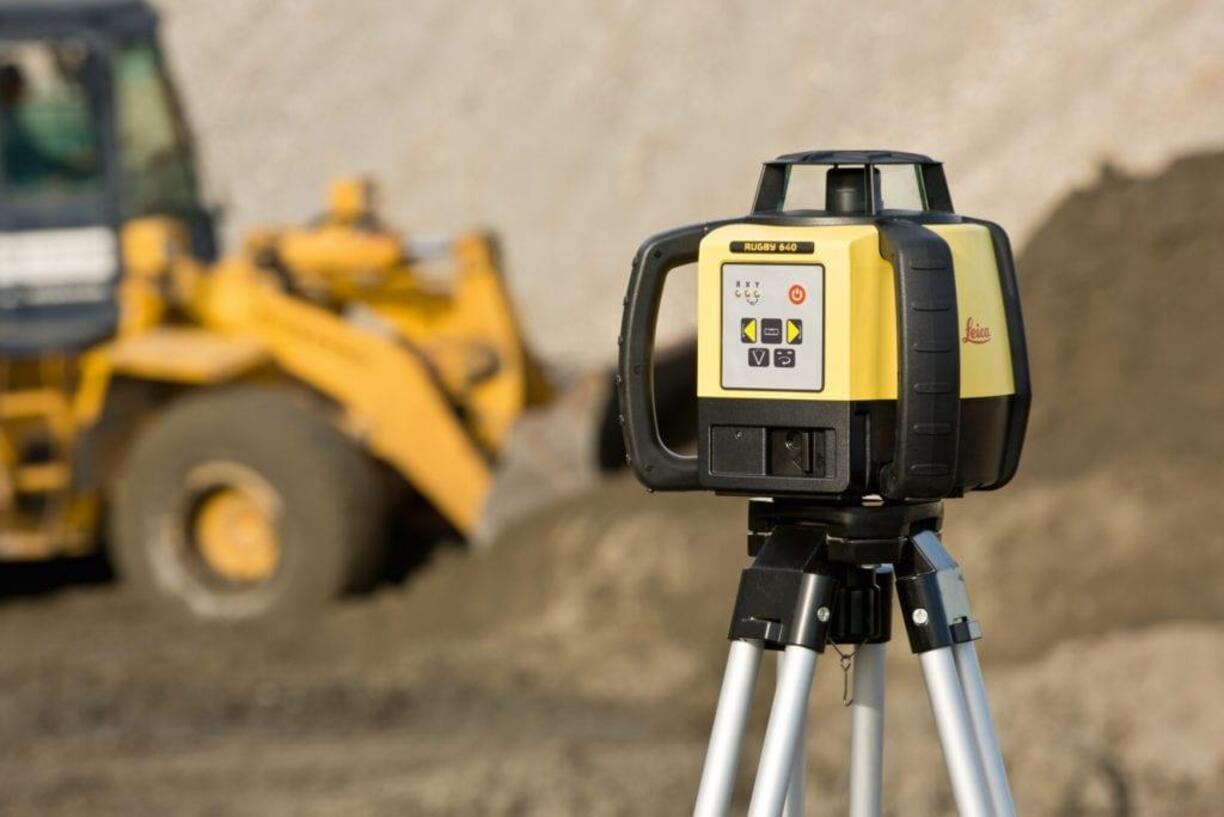
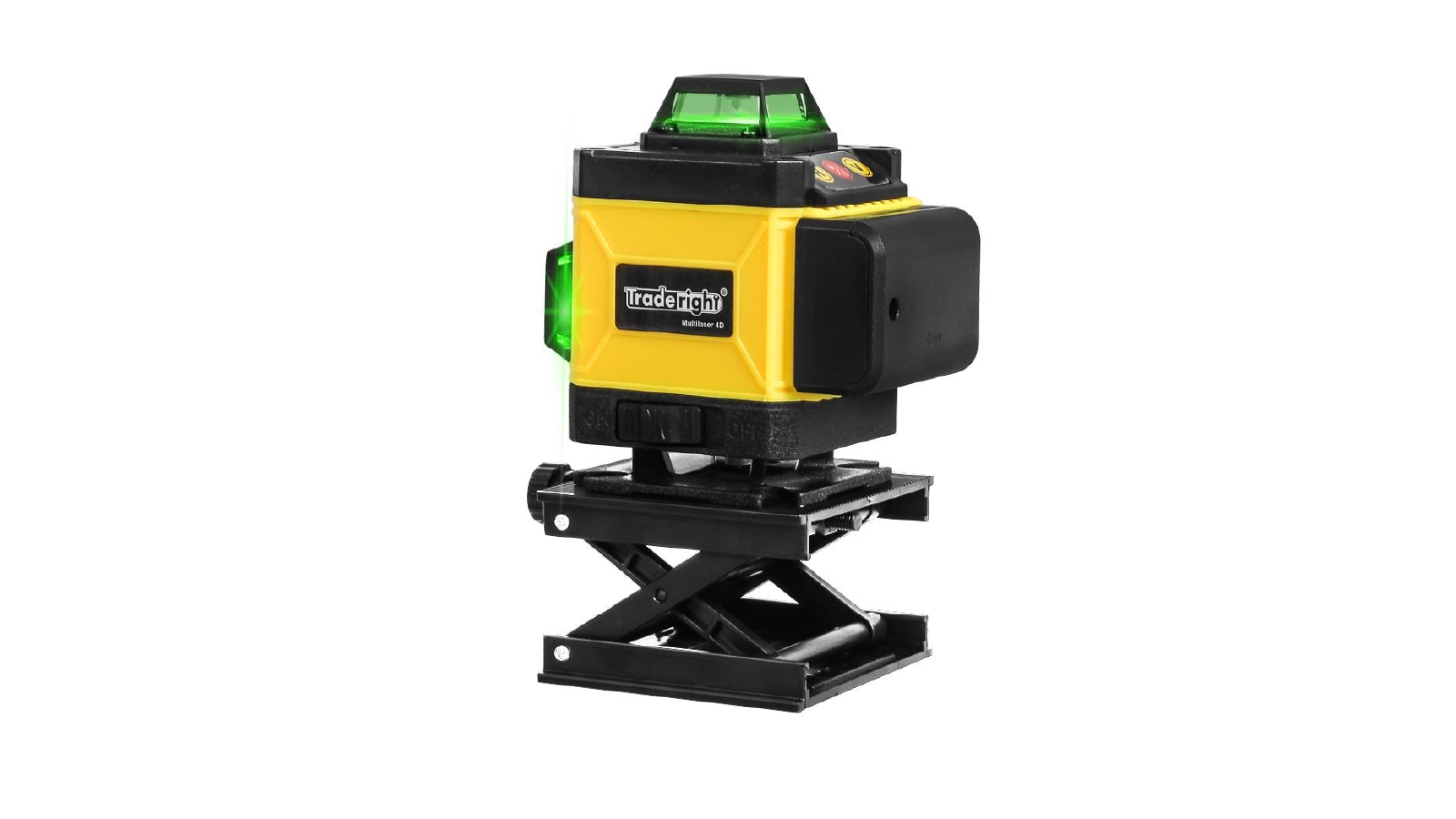
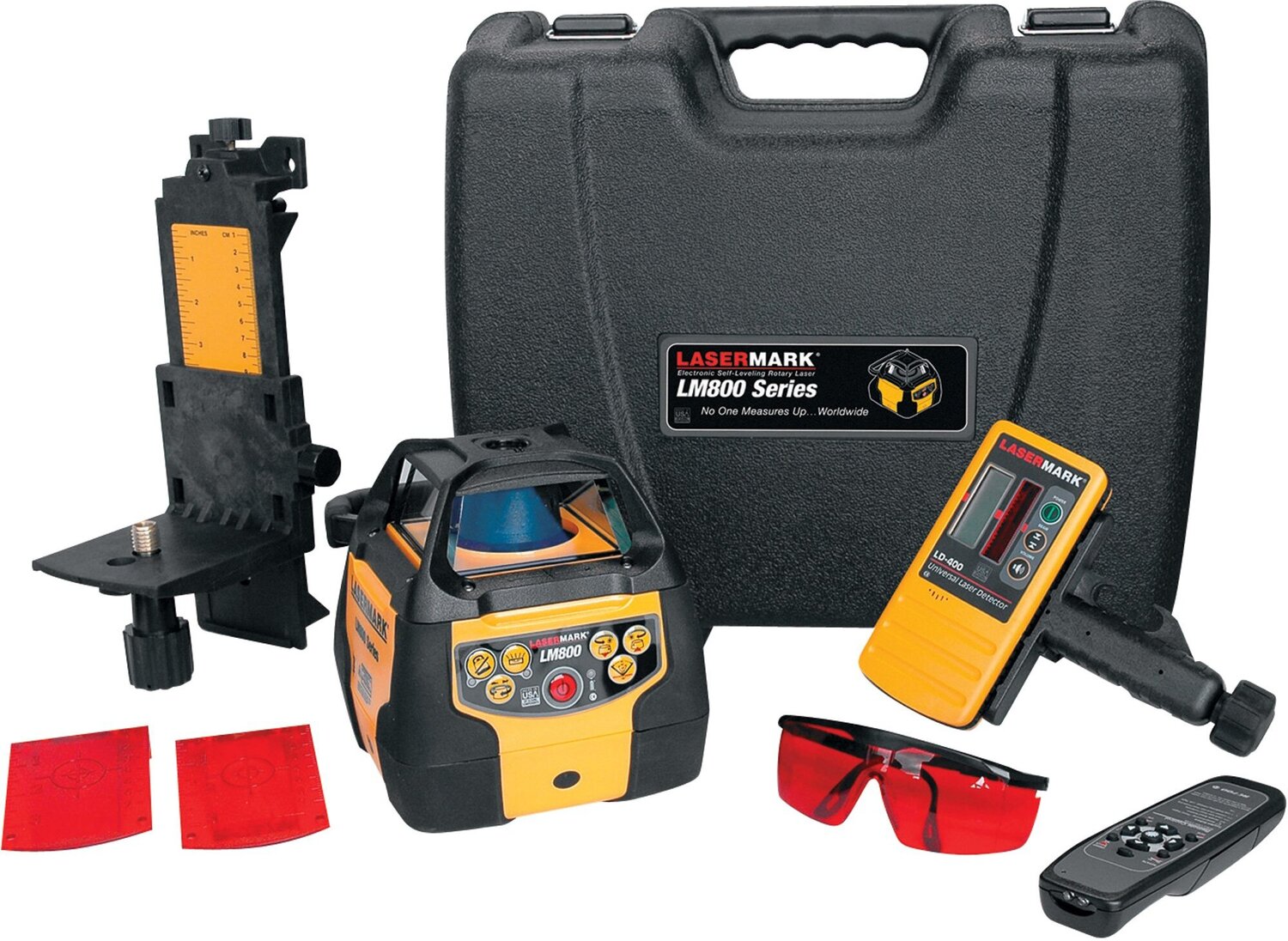
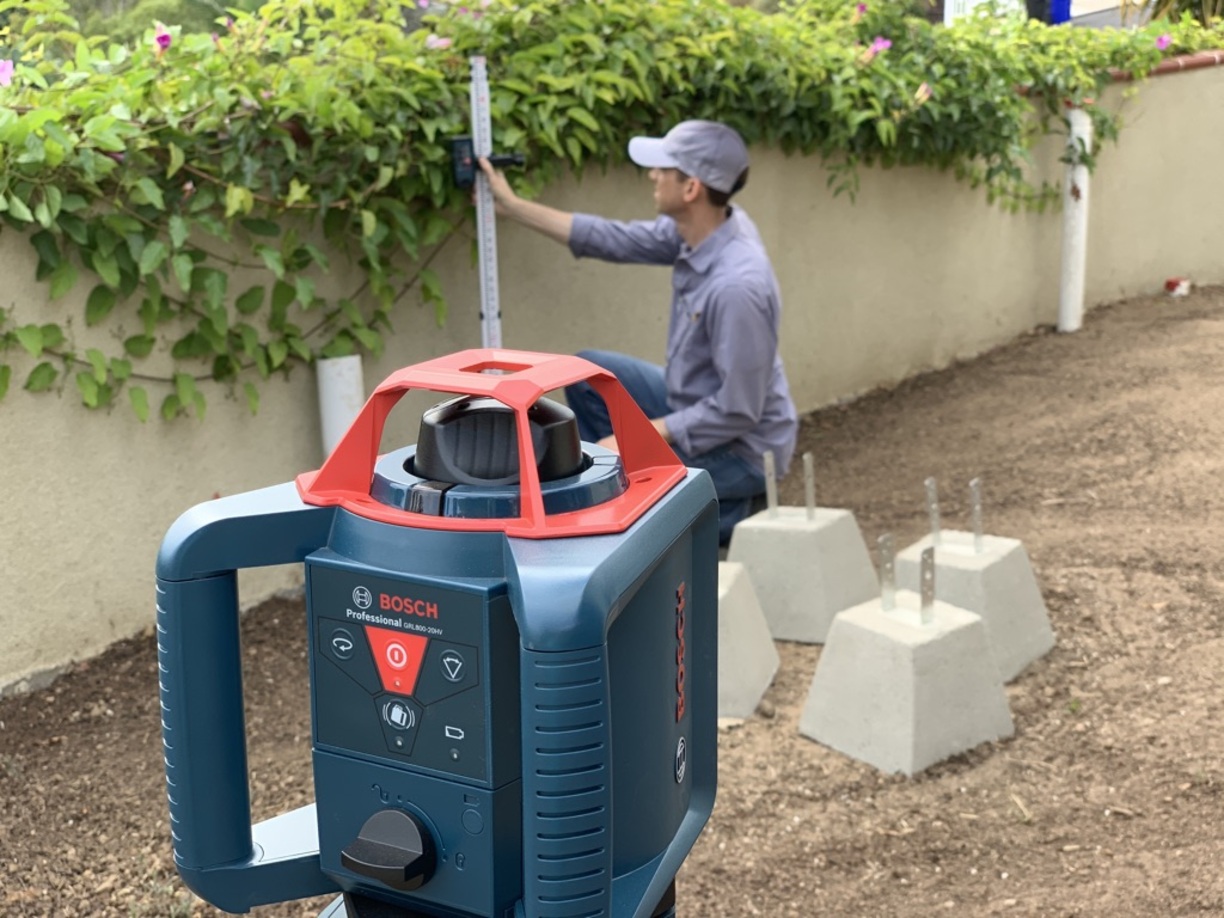
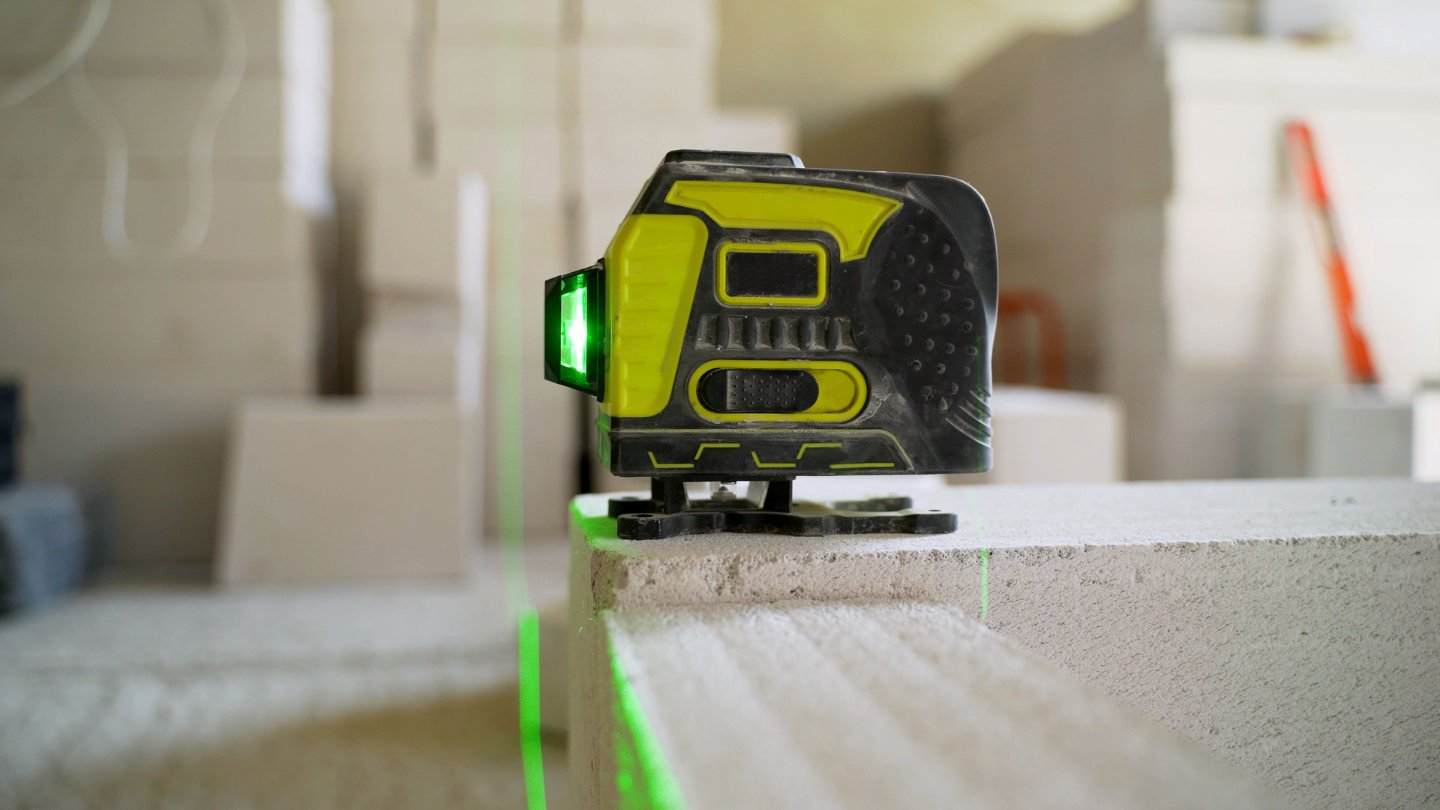
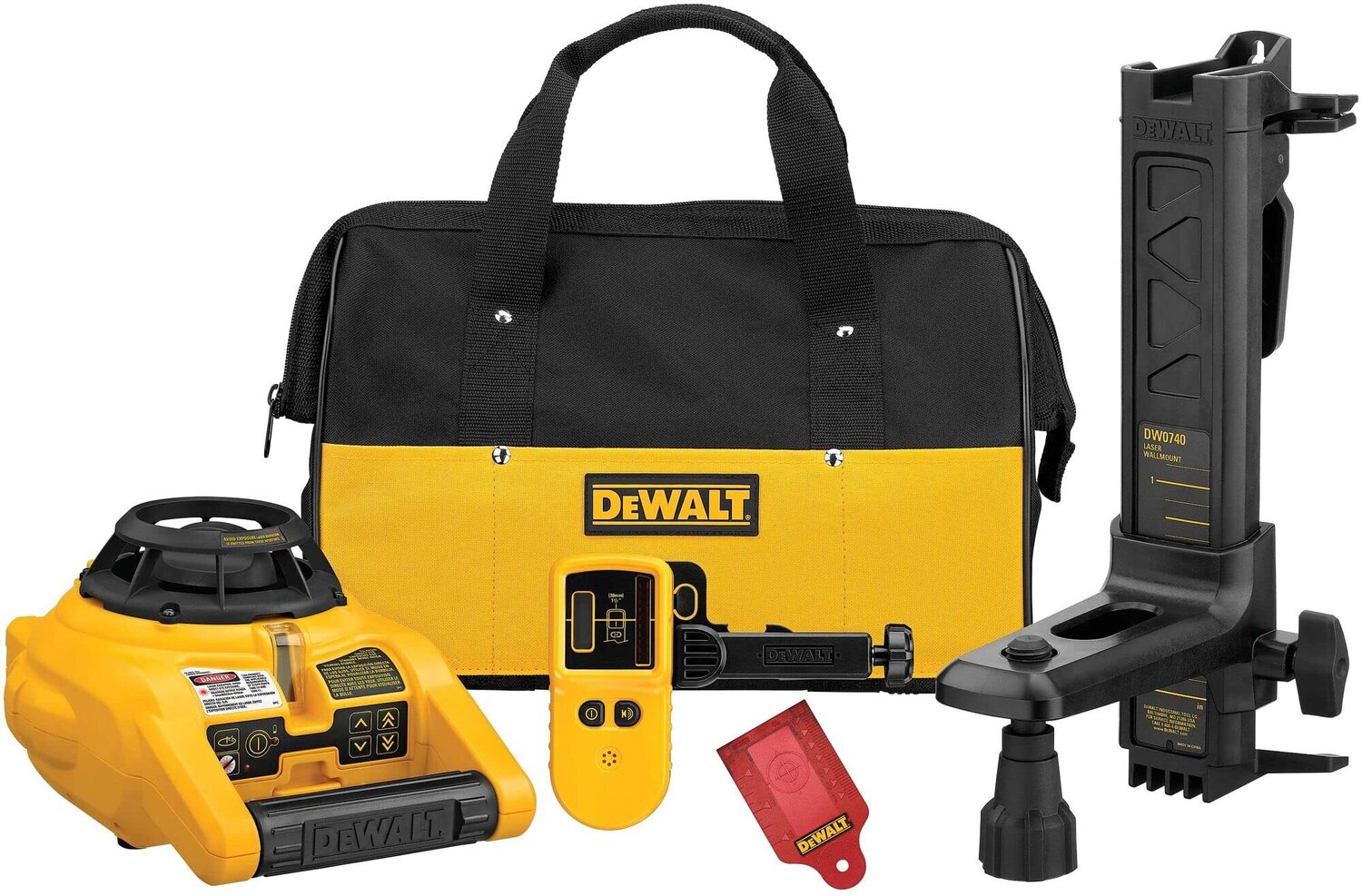
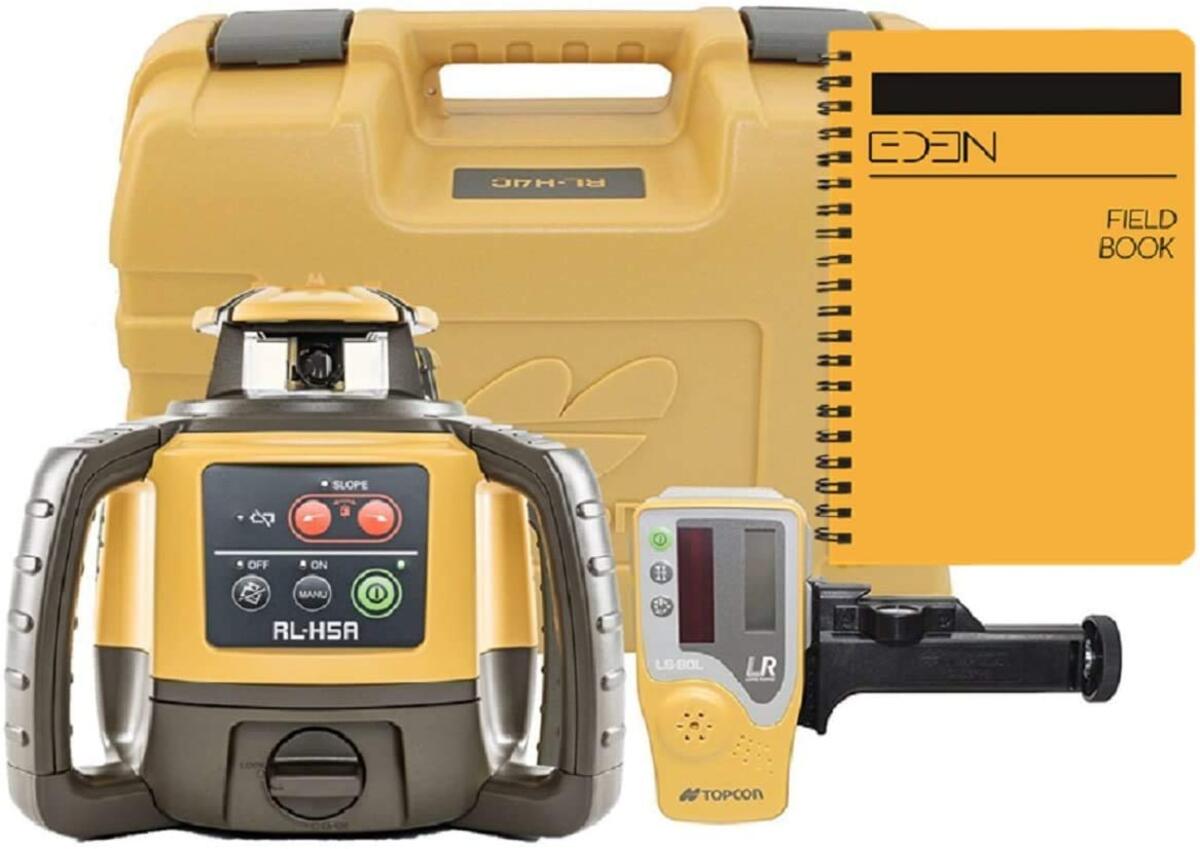


0 thoughts on “How To Use A Rotary Laser Level”